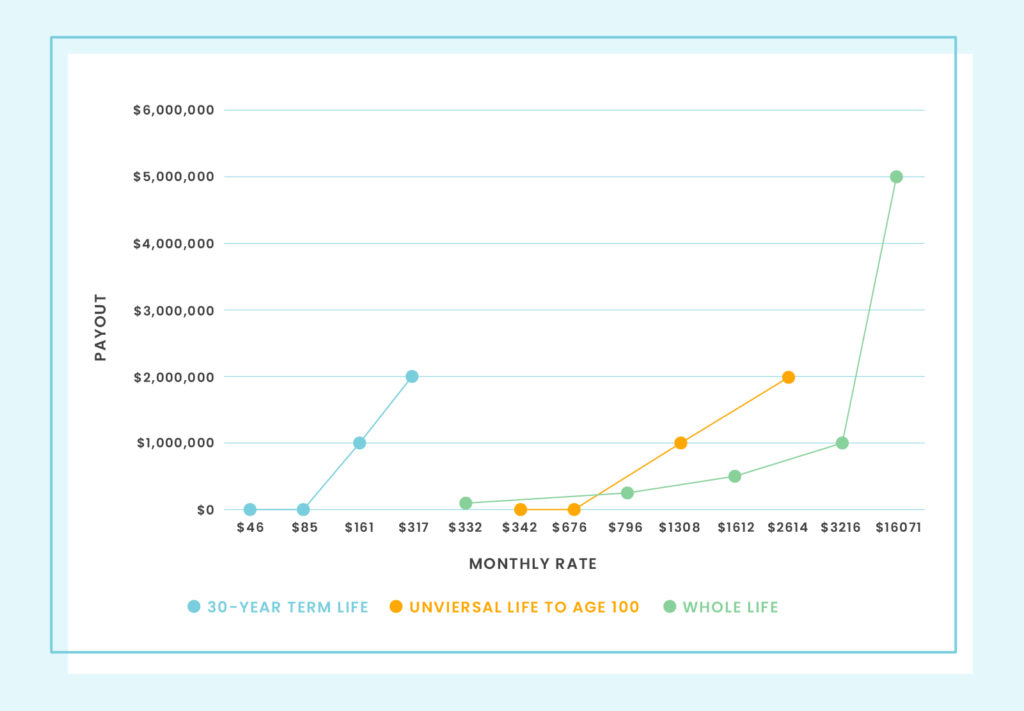Regardless of the loaning institution's requirements, we suggest buying a policy for the following advantages: While a house owners insurance coverage might be more expensive than vehicle insurance coverage or occupants insurance coverage, it could save you money in the long run and avoid you from spending for pricey damage to your home or belongings. Damage from almost all occasions are covered under a standard property owners insurance coverage policy. The only major occasions that likely won't be covered are natural disasters, which can be safeguarded with an endorsement. If your products are damaged or lost while taking a trip, your policy will pay to change them.
In southern states like North Carolina, South Carolina, and Alabama, the average 2,000-square-foot house will cost $200,000 to rebuild. What is unemployment insurance. Based upon that information, here's what a sample policy for that house might appear like: Type of Coverage Quantity of Protection Kind Of Protection Amount of Coverage Residence $200,000 Other structures $20,000 Personal residential or commercial property $100,000 Loss of use $40,000 Liability $300,000 Medical payments to others $1,000 per individual Deductible $1,000 Before starting your look for house insurance coverage, read the following suggestions: You have three alternatives to figure out the replacement expense of your house. When you start the quote procedure with an insurance provider, you'll be asked questions about your home, and the company will immediately generate a residence amount based on the info you provide. Home insurance coverage in the United States might differ from other countries; for instance, in Britain, subsidence and subsequent foundation failure is http://gregoryjaam686.yousher.com/indicators-on-how-does-pet-insurance-work-you-need-to-know usually covered under an insurance plan. United States insurance provider used to provide structure insurance, which was minimized to coverage for damage due to leaks, and lastly removed completely. The insurance is typically misinterpreted by its purchasers; for instance, numerous believe that mold is covered when it is not a standard protection. The very first homeowner's policy per se in the United States was introduced in September 1950, but comparable policies had already existed in Terrific Britain and specific areas of the United States.
Prior to the 1950s there were separate policies for the numerous you can be a wesley hazards that could impact a home. A homeowner would have needed to buy separate policies covering fire losses, theft, personal effects, and the like. During the 1950s policy types were established permitting the property owner to buy all the insurance coverage they needed on one complete policy. However, these policies varied by insurance company, and were difficult to understand. The need for standardization grew so terrific that a Find more information personal company based in Jersey City, New Jersey, Insurance Coverage Services Office, also understood as the ISO, was formed in 1971 to offer risk details and it released streamlined property owner's policy types for reselling to insurance coverage companies.

An Unbiased View of What Is Mortgage Insurance

House owner's insurance has been reasonably unprofitable, due in part to catastrophes such as cyclones along with regulators' unwillingness to authorize price boosts. Protections have actually been decreased instead and business have actually diverged from the former standardized model ISO kinds. What is an insurance premium. Water damage due to burst pipes in particular has actually been limited or sometimes completely eliminated. Other restrictions included time limits, intricate replacement cost calculations (which might not reflect the true expense to change), and decreases in wind damage coverage. According to a 2018 National Association of Insurance Commissioners (NAIC) report on data from 2016, 73. 8% of homes were covered by owner-occupied homeowners' policies.
52% had an HO-3 Unique policy, and 13. 35% had the more costly HO-5 Comprehensive. Both of these policies are "all dangers" or "open dangers", suggesting that they cover all perils other than those specifically left out. Residences covered by an HO-2 Broad policy represented 5. 15%, which covers only particular named perils. The remaining 2% consists of the HO-1 Standard and the HO-8 Customized policies, which are the most limited in the protection offered. HO-8, also known as older home insurance, is most likely to pay just real cash worth for damages rather than replacement. The staying 21. 3% of house insurance coverage were covered by occupant's or condo insurance.
8% of these had the HO-4 Contents Broad type, likewise known as occupants' insurance, which covers the contents of an apartment or condo not particularly covered in the blanket policy written for the complex. This policy can also cover liability developing from injury to visitors as well as negligence of the tenant within the coverage territory. Common protection areas are occasions such as lightning, riot, airplane, explosion, vandalism, smoke, theft, windstorm or hail, falling things, volcanic eruption, snow, sleet, and weight of ice. The rest had the HO-6 Unit-Owners policy, also called a condo insurance coverage, which is designed for the owners of condos and consists of protection for the part of the building owned by the insured and for the home housed therein.